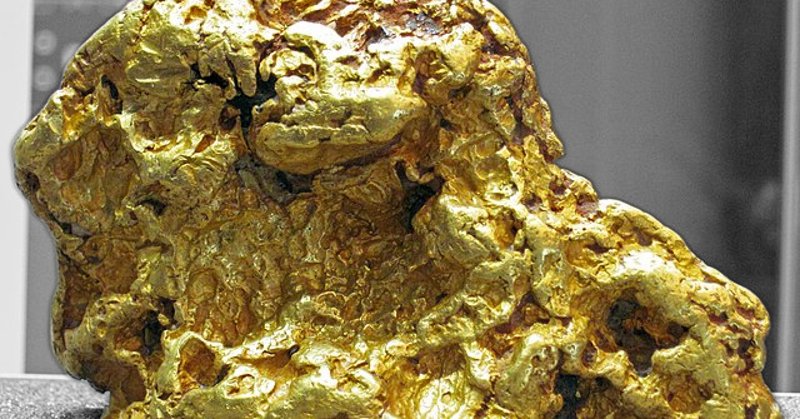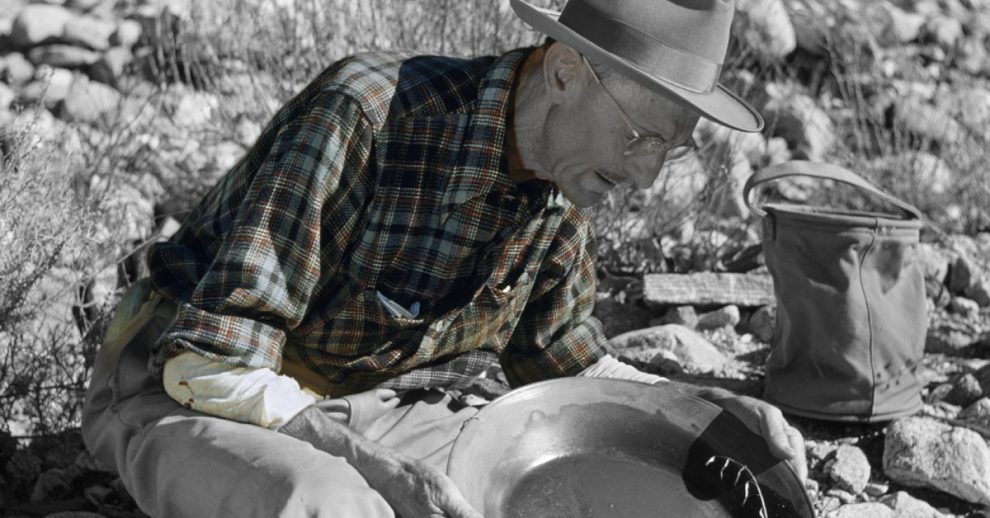When people hear the term Gold Rush, images of fortune-seekers, dusty mining towns, and glittering nuggets often come to mind—but the reality was even wilder. A gold rush is a sudden influx of miners to an area where gold has been discovered, often triggering waves of migration, economic booms, lawlessness, and environmental upheaval. In the Americas, multiple gold rushes unfolded throughout the 19th century, drawing people from across the world. These frenzies weren’t limited to California; they erupted in places like Alaska, Colorado, British Columbia, and the Yukon, each leaving its own chaotic mark on history.Fueled by the promise of instant wealth, these events reshaped entire regions, built cities overnight, and collapsed them just as fast. Boomtowns sprang up in the wilderness, laws were bent—or broken entirely—and people from every walk of life risked everything for a chance at striking it rich. But behind the pickaxes and pans lies a trove of fascinating, bizarre, and often overlooked stories. From forgotten ships to makeshift cinemas, here are 25 wild facts that reveal the untamed spirit and lasting impact of America’s gold rush era.
North Carolina’s Gold Discovery

1. In 1803, a 12-year-old boy discovered a 17-pound gold nugget on his father’s farm in North Carolina, marking the beginning of the first U.S. gold rush. This discovery significantly impacted the region, supplying all the gold for the nation’s mints until 1829. The find set off a series of events that would eventually lead to further gold rushes across the United States.
2. Coming to the California gold rush, on January 24, 1848, James W. Marshall discovered something shining while overseeing the construction of a sawmill on the American River in Sutter Creek. He found 10 to 12 pieces of gold, which sparked the California Gold Rush of 1849 when the news spread. Despite receiving credit for this significant discovery, Marshall never profited from it and passed away penniless in a small cabin in 1885.
3. During the California Gold Rush, a Chinese laundryman named John-John amassed enough gold dust from washing miners’ clothes to secure his financial future. By collecting gold dust from pants cuffs and shirttails, he capitalized on the miners’ lack of attention to small details.
4. The California Gold Rush caused San Francisco’s population to skyrocket from 1,000 in 1848 to 25,000 by December 1849. Consequently, crews eager to join the gold fields abandoned about 500 ships. This rapid growth transformed San Francisco into a bustling hub of activity and opportunity.
5. Prospectors during the California Gold Rush abandoned many ships, which were then used to build early sections of San Francisco. Some ships were intentionally run aground and repurposed as bars and hotels. Today, hundreds of wooden ships lie beneath the city streets, and part of the subway system even passes through the hull of one.
6. During the peak of the California Gold Rush, everyday items reached exorbitant prices. An egg cost the equivalent of $25 today, coffee was priced at $100 per pound, and a pair of boots could cost over $2,500. These inflated prices reflected the high demand and scarcity of goods in the region.
7. Chinese food made its American debut during the California Gold Rush, starting in 1848. With the arrival of 30,000 immigrants from the Canton region of China, restaurants provided a cultural touchstone and gathering place for the predominantly male Chinese community. This culinary introduction ended up having a lasting impact on American cuisine.
8. Levi Strauss initially made his fortune during the 1850s Gold Rush by crafting pants from tent canvas for miners. When miners complained of chafing, he switched to using denim, revolutionizing workwear. His innovation led to the creation of the iconic blue jeans, which remain popular to this day.
9. In 1894, Cripple Creek, a gold rush town in Colorado, was home to 150 miners and over 300 prostitutes.
10. The gold discovery that triggered the California Gold Rush occurred in January 1848. However, miners became known as ’49ers rather than ’48ers because the news took a long time to spread widely. This delay meant that most prospectors arrived in 1849, hence the nickname.
From Bear State to Golden State

11. Before the 1848 Gold Rush, people referred to California as ‘The Bear State’ due to the large population of grizzly bears. Unfortunately, by 1924, grizzly bears had become extinct in the state. Today, California is known as ‘The Golden State,’ a nod to its rich history of gold discoveries.
12. During the Gold Rush era, brides were so scarce in California that widows from the tragic Donner Party quickly remarried after their rescue. Virginia Reed, a survivor, humorously recounted declining a marriage proposal at Sutter’s Fort when she was only 12 years old and recovering from starvation.
13. Scammers during the Gold Rush would load gold dust into shotguns and fire at cave walls to make them appear laden with gold. This deceptive tactic fooled many prospectors into believing they had found a rich gold vein.
14. California nearly went bankrupt in 1850 due to hiring Americans to kill Native American Indians during the Gold Rush. The state paid bounties for Indian scalps, with prices varying based on gender and age. Between 1849 and 1870, an estimated 4,500 Native Americans were killed.
15. The Panic of 1837 was a major financial depression in the U.S. that lasted until the mid-1840s, causing nearly half of all banks to fail and causing widespread unemployment. However, the California Gold Rush of 1849 helped the economy recover by 1850. The influx of gold revitalized businesses and stabilized financial markets.
16. During the California Gold Rush, miners and prospectors sent their laundry to China or Hawaii due to the high cost and unfamiliarity with doing what was considered women’s work.
17. During the California Gold Rush, the land was “virtually treeless,” prompting the import of eucalyptus seeds from Australia to meet the demand for wood needed for fuel and construction. These Australian eucalyptus trees were planted because of their rapid growth, which made them ideal for producing firewood. Interestingly, eucalyptus trees have a unique fire-driven reproduction system; their leaf oil facilitates catastrophic wildfires that eliminate competition and enable the growth of the next generation.
18. The idiom “didn’t pan out” originated from miners during the California Gold Rush. When miners failed to find gold in their pans, they would say it “didn’t pan out,” literally meaning that their search was unsuccessful. This expression has since become a metaphor for any endeavor that does not yield the expected results.
19. In the 1849 Gold Rush, Chinese miners often melted down the gold they discovered into everyday household items, such as pots. To protect these valuable items from bandits, they then covered them in soot, disguising the precious metal. This clever strategy allowed them to transport and store their wealth inconspicuously.
20. During the California Gold Rush, the legal system permitted murder as long as it was not considered atrocious or cruel. This leniency reflected the chaotic and lawless environment of the time, where swift justice often depended on the severity of the crime. Consequently, the violent settlement of numerous disputes contributed to the era’s notorious reputation.
Highway Signs with Historical Roots

21. The shape of California’s state highway signs is designed to represent the spades and shovels used by miners during the Gold Rush.
22. The California Gold Rush led to a significant gender imbalance in San Francisco, with a distinct lack of women. As a result, gay culture began to flourish, with men often paying for “female impersonators” to serve as prostitutes.
23. The SS Islander sank off the coast of Alaska in 1901 while transporting Klondike Gold Rush passengers and a fortune in gold-estimated at over $260 million today. Despite salvage attempts, much of the treasure remains lost beneath the sea.
24. In Dawson City, Yukon-epicenter of the Klondike Gold Rush-over 500 silent film reels from the early 1900s were unearthed from beneath the permafrost. Known as the “Dawson Film Find,” these films had been shipped to the town’s remote cinema, never returned, and eventually used as landfill to fill a swimming pool before being frozen under a hockey rink. Rediscovered decades later, the 533 reels included rare footage like the 1919 World Series, offering a remarkable glimpse into early cinema and Gold Rush-era life.
25. During the Fraser Canyon Gold Rush of 1858, camels were brought to British Columbia as experimental pack animals. Initially considered a clever transport solution, their soft feet proved ill-suited for the region’s rugged terrain. Abandoned to the wild, these camels roamed the province for over 40 years, with the last sighting reported in 1905.








Add Comment